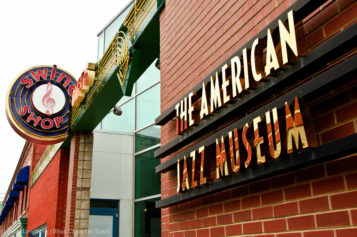In straight-ahead jazz and more experimental realms, it’s a given that times are tough: Album sales are negligible, musicians are underpaid and underexposed, and careers are increasingly punishing, do-it-yourself affairs. It’s sometimes assumed that “smooth jazz,” the lighter and glossier pop-jazz that came into heavy rotation in the ’80s and ’90s, must be where the money is. Surely this palatable groove-based music, often scorned by the jazz community as not jazz at all, is an easier route to commercial success, with broader support from the music industry and the masses.
Or is it? Reports indicate that smooth jazz, or “contemporary jazz” as it’s known on the Billboard charts, is in fact seeing a dramatic downturn. And the genre’s crisis points to larger historical questions about jazz, nomenclature and mass appeal. “Every month I hear we lost a radio station somewhere,” says veteran keyboardist and producer Philippe Saisse. New York’s CD101.9 switched to classic rock in early 2008 and then to all-news. KIFM 98.1 in San Diego—arguably smooth jazz’s world headquarters—went adult contemporary in early 2011. Stations in Chicago, Sacramento, Philadelphia and many other markets have dropped smooth jazz and switched formats as well. “It’s a lot smaller than it used to be,” says Allen Kepler, president of Broadcast Architecture, the consulting firm that launched the Smooth Jazz Network in 2007. “The big change for us is that it’s no longer such a popular format among the big broadcasters like Clear Channel and CBS and those large PPM markets.” (More about the ratings measuring device PPM, or Portable People Meter, to follow.)
The ripple effect is profound, given that entire careers in smooth jazz were built and maintained via terrestrial radio. “It’s becoming harder and harder to put together tours and concerts in cities that don’t have radio stations…
Read more: David R. Adler, Jazz Times


